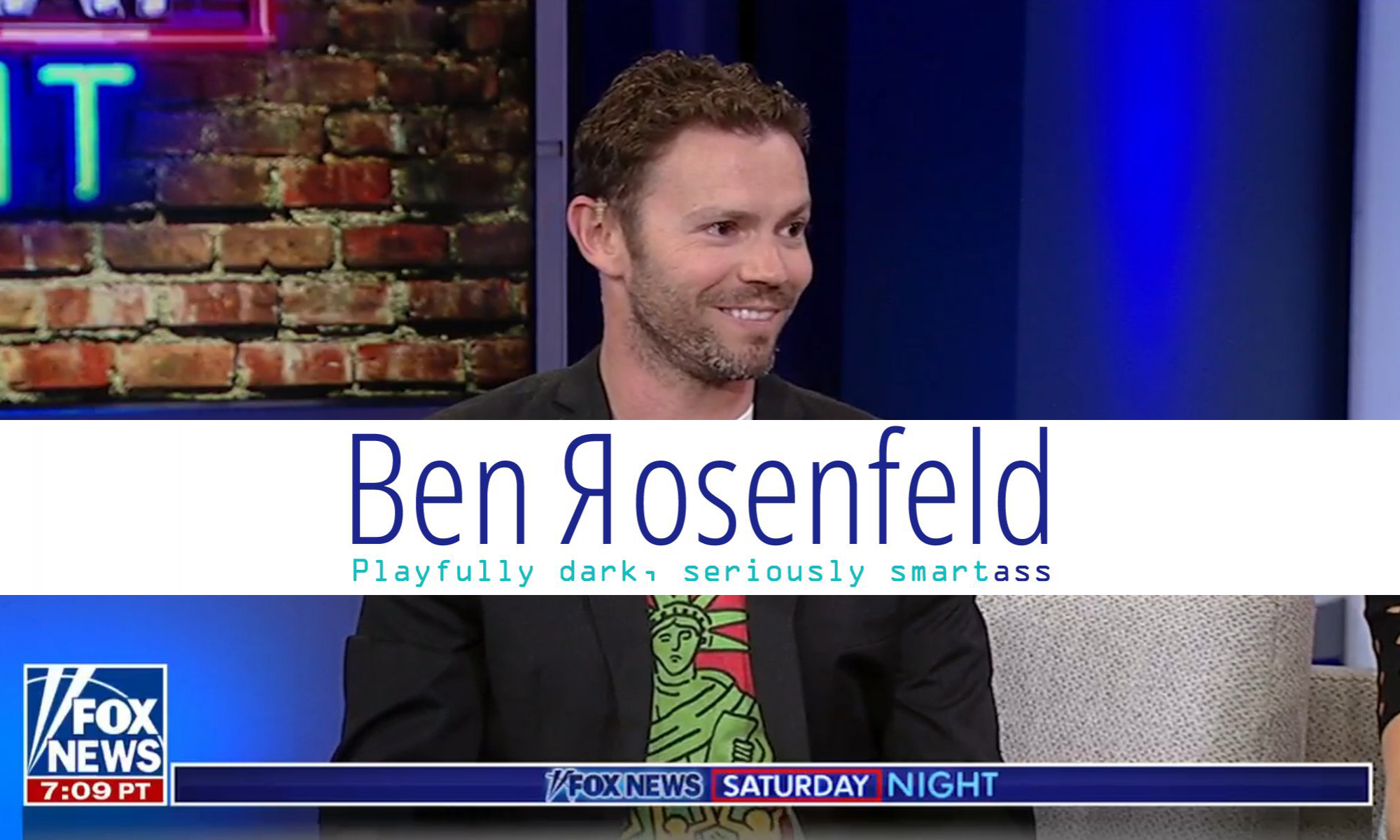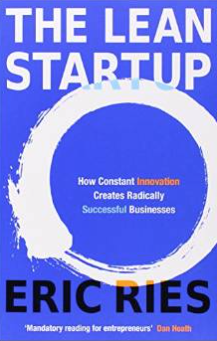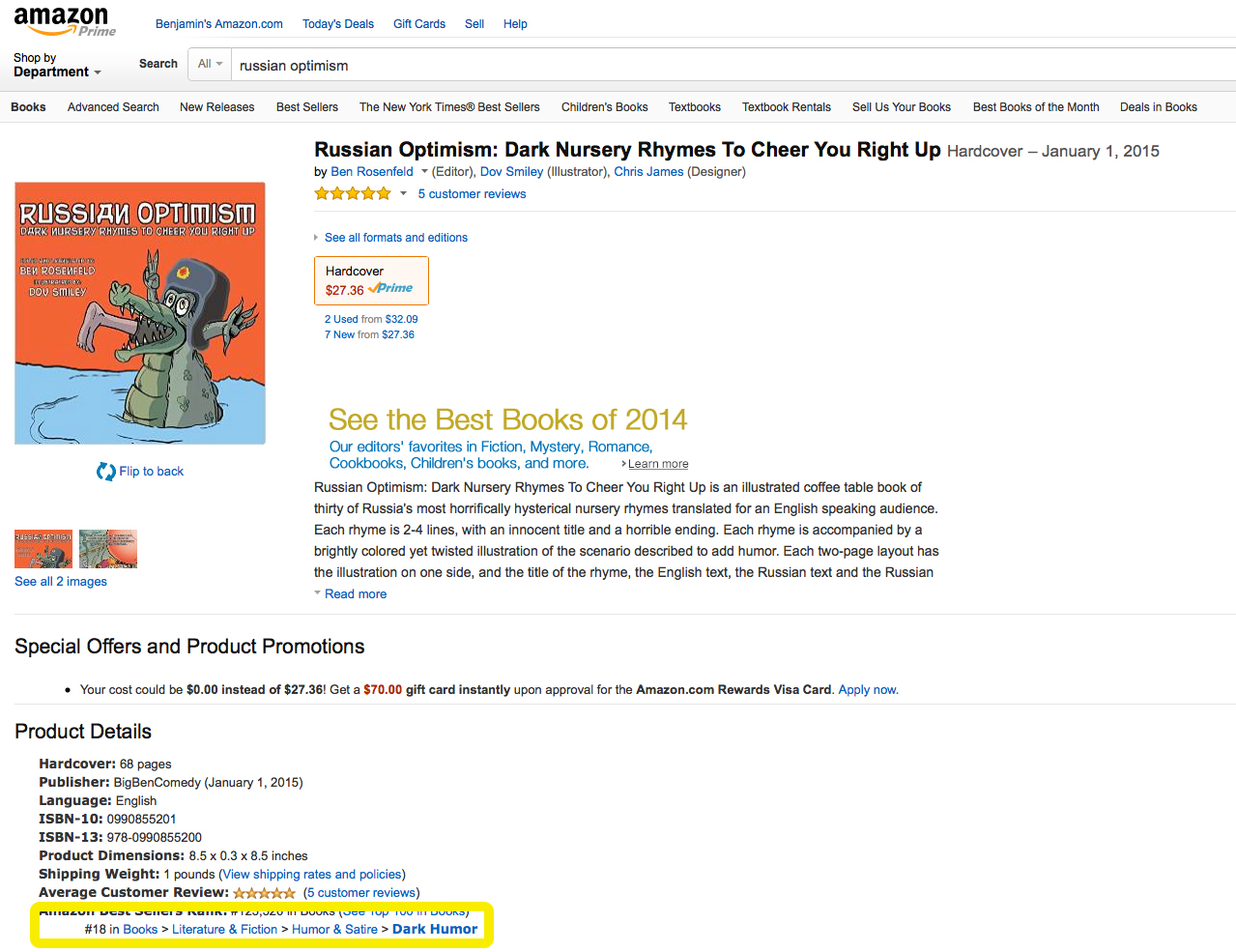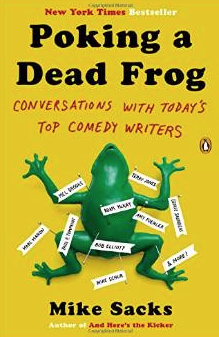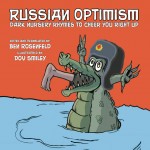I recently read “Sick In The Head: Conversations About Life and Comedy” by Judd Apatow. Below are the quotes I found most interesting. Since it’s an interview book, the person who says the quote is listed in bold directly above the quote. If you like the quotes, please buy the book here.
 Judd Apatow
Judd Apatow
“There’s this quote from John Cassavetes. He said, “I don’t care if you like me or hate me, I just want you to be thinking about me in ten years.”” (20)
“We were willing to go down for the show. It would have been awful if one of us said, “Let’s do all these changes – I really want to keep this job.” (97)
“You have to have a dream before you can execute it. That the people who succeed are the ones who think through what the next stages of their careers might be, and then work incredibly hard, day after day, to attain their goals. They don’t just flop around like fish. They have a vision, and they work their assess of to make it a reality.” (101)
“Do not be afraid to share your story, or to be vulnerable and open when telling it.” (130)
“It taps into the national neurosis in a way, where people are so happy to not be unhappy.” (223)
“My approach was always: This is an impossible job for Garry. I’m just going to try and help him in any way I can. But other people, when they would pitch a joke that didn’t get through, would get angry at Garry. And that was destructive.” (232)
“I shoot an enormous amount of film, and when I’m shooting what I think to myself is, If I hate this scene in editing, what would I wish I had? And so as I’m shooting, I’m shooting many permutations of the scene. It might be different lines or alts. If it’s too many, let me get something a little less mean. If it seems sentimental, I might get something edgy. I usually have like a million feet of film that in my head – I’ve edited every permutation and I’m just flipping things in and out so at the end of it I’m reasonably happy.” (264)
“So much of the conversation about diversity on TV should be about subscribers and advertisers. If the networks thought they could make more money creating shows with diverse casts they would do it in a second. They’ve clearly decided there’s not enough money in it. Every once in awhile they throw a bone to the idea of diversity, but it’s not a high priority.” (269)
“David Milch said executives don’t want to give notes and don’t want to stand behind their opinions. Executives want you to have enough power or reputation so that if you screw up, it’s your screw up, not theirs. The whole thing is inverted. Executives are looking for ways to not be responsible. And when you achieve a certain level of success, you’ll notice that some executives disappear because they have deniability about the process. “Of course I trusted Judd, he’s had enough success that I should let him do what he wants to do.” It’s actually harder for them to work with young people, because then they have to be responsible.” (270)
“Everybody told me you get five bombs before you go out of business. You can withstand five. your budget will get lower every time you have a bomb.” (270)
“Sometimes you make things and, the whole time, you’re aware that it might not make money, and yet it’s what you should be making at this moment in time and you hope it will connect in a big way because it is unique and personal. You have to try to do things that are more challenging to the audience. Those often become the biggest hits. Sometimes they don’t make a ton of money.” (271)
“I always heard that from Larry David. That was his big inspiration. He was willing to walk away from Seinfeld when they would give him bad notes.” (302)
“You write movies to figure out why you’re writing the movie.” (370)
“The thing that really makes a lot of these movies possible is that when we do the auditions, Seth reads with every actor trying to get a part in the movie. So by the time the movie is shot, he has read with like two hundred people. Through that process, we figure out who his character is and we try to problem-solve all the issues of the movie. So we’ll hold auditions for parts even though we kind of know who we want for the part, just to hear it with that person – and that almost becomes the rehearsal of the movie.” (427)
“With comedy, as soon as you succeed, you have some credibility and then they trust you more.” (442)
Jerry Seinfeld
“I wanted to be around it, you know. I never thought I’d be any good at it. But that turned out to be an advantage because it made me work harder than most other people.” (9)
Albert Brooks
“My friend Harry Nilsson used to say the definition of an artist was someone who rode way ahead of the herd and was sort of the lookout. Now you don’t have to be that, to be an artist. You can be right smack-dab in the middle of the herd. If you are, you’ll be the richest.” (28)
“I sum up all of show business in three words: Frank Sinatra Junior. People think there’s nepotism in show business. There’s no nepotism on the performing side, especially in comedy. I don’t know of any famous person that can tell an audience to laugh at their son.” (40)
“If I’ve learned anything – anything – getting older, it’s the value of moment-tomoment enjoyment. When I was young, all my career was “If I do well tonight, that means that Wednesday will be better. That means I can give this tape to mya gent and…” It was thiis ongoing chess game. And that is a really disappointing game, because when you get to checkmate, it never feels liek it should. And there’s another board that they never told you about. So if I come here and talk to you, if I have an enjoyable three hours, god damn it, that counts.” (45)
Chris Rock
“I did some things that sucked. But you learn more from fucking up than you do from success, unfortunately. And failure, if you don’t let it defeat you, is what fuels your future success.” (70)
“I did stand-up for fifteen years before I broke, you know.” (70)
Jason Segel
“We would get the script on a Friday, and Seth and James and I would get together at my house every Sunday, without fail, and do the scenes over and over and improve them and reallyt hink about them. We loved the show. And we took the opportunity really, really seriously.” (95)
Seth Rogen
“We felt if we made the scenes better on the weekend, if we came in with better jokes, they would film it. And they would! And we didn’t know it at the time, but that was completely unindicative of probably every other show that was on television.”
James L. Brooks
“I think the whole thing with writing – generally, you push and push and push and then, come on already, when do you pull? At a certain point, it pulls. I mean it’s pulling you forward and you’re not working so hard. You’re not laboring. You’re serving. Laboring becomes serving.” (145)
Jerry Seinfeld
“I was a minimalist from the beginning. I think that’s why I’ve done well as a comedian. If you always want less, in words as well as things, you’ll do well as a writer.” (186)
Jimmy Fallon
“We just went in knowing that we might get canceled. And if you’re going to go down, you have to go down doing what you like doing and what’s fun for you, because I don’t ever want ot do something painful and then have everyone go, “Hey, that works. Keep doing that painful thing for years.”” (216)
“Out of all the things I watched to get ready for this job, Larry Sanders was the ultimate – that’s the ultimate piece of advice I’d tell anyone to watch if you’re doing a talk show. It’s so real and so well done. That’s how a show gets made.” (221)
Jon Stewart
“Think of how much energy it takes to fuck with people. What if you try to use that energy to get the show done faster and better and get everybody out by seven? If I go into the morning meeting and I have clarity, and I can articulate that clarity, everybody’s day is easier. If that doesn’t happen, it’s my fault.” (231)
“Intention is a really big thing at this show. We always want to know where’s the intention, and, now, let’s find a path to that intention.” (232)
“It’s so important to remove preciousness and ownership. You have to invest everybody in the success of the show, and to let them feel good about their contribution to it without becoming the sole proprietor of a joke. There has to be an understanding that, that may be a great joke, but it might not serve the larger intention, or the narrative, of the show. You have to make sure that everybody feels invested without feeling that type of ownership.” (233)
Larry Gelbart
“I don’t worry about what they’ll get. I write for myself on the assumption that there are a number of people who have similar sensibilities and will appreciate what it is that I thought was good enough to present, not to them but to me.” (261)
Louis C.K.
“You want it to be compelling, that’s all. The likable thing is not really worth much. It’s a low-wattage bulb, you know.” (301)
“I never cared if I got cancelled. That’s the only thing that makes me do this stuff well, is I was willing to let the job go any day.” (302)
Mel Brooks
“John Calley said, “Mel, if you’re going to go up to the bell, ring it.” (335)
Michael O’Donoghue
“The way that you program is you put your best thing first, and your second-best thing second, and your third – because you’re just trying to fight sleep.” (353)
Mike Nichols
“I’m too good of a director to like me as an actor. I can get better people.” (366)
Roseanne Barr
“Today they want no part of anything having to do with class on TV. No part. Because it’s too true.” (399)
Spike Jonze
“When I’m making a movie, I want to be responsible and listen to the concerns of the people who gave me the money. But at a certain point, I have to put that all out of my mind because it’s not the responsibility of that movie. That movie’s responsibility is to be true to itself. If I don’t get to make another movie, I’ll make something else. I’ll make a movie for a milion dollars. I’ll go write a short story.” (440)
“I just don’t start to make another movie until I feel clean again from the last one.” (443)
“My job really isn’t to know how many people are going to like something. My job is to know what a movie’s about to me, and to know that I need to make it. It’s somebody else’s job to say, “okay, that budget makes sense or doesn’t make sense.” Once they gamble on it, that’s their gamble and I’m gonna be their partner in it, but we have to support each other.” (444)
“When I finished Her, I thought, Okay, I’ve done everything I can do to give this as much love as I could give it and now it’s gonna go off and be what it’s gonna be. If it gets loved I’ll be proud and if it gets hated it’ll hurt, but I also know that what I have done with my friends and collaborators will never change.” (447)
Liked the quotes? Click here to buy the book.
